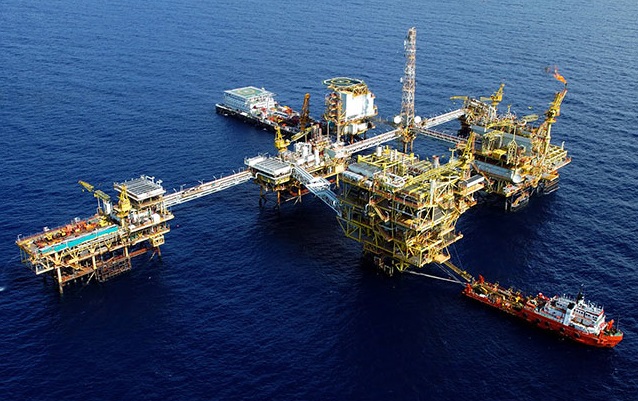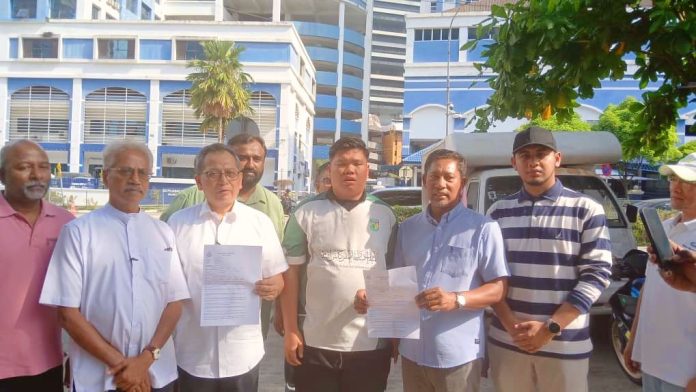IN reforming our tax system overall to be more progressive, we need to take bold and unprecedented measures.
Currently, the highest level in our income tax is set at 30%, for income of more than RM2 mil.
Now, while this may provide superficial appearance of a progressive tax system, it may ironically exacerbate income inequality by inducing both income (and bonuses) to “outpace” the marginal rate (i.e., taxable/chargeable income bracket) and “fiscal drag” (i.e., the push into higher taxable/chargeable category because of wage growth).
A solution to address this would be to impose a flat tax rate on earnings, for example, on those earning more than RM70,000.
So, everyone earning RM70,000 and above will be subject to the same flat tax rate of, say, 17%. Currently, those earning between RM70,000 and RM100,000 are subject to a 21% tax rate.
The flat tax rate would end at the RM249,999 income threshold.
This means, instead of a taxable/chargeable income according to each bracket/band, a flat rate is applied across the board to those in the middle-to-top M40 and lower-to-middle T20 categories.
Both with reference to:
- the levels of specified income – from RM70,000 until RM249,000 only; and
- within the income itself.
Whereas those earning RM69,999 and below should have their income tax reduced, correspondingly, as per the respective income brackets.
So, instead of increasing tax level on the rich to make the tax system more progressive, we propose that the tax levels of the middle-to-lower M40 be reduced or readjusted.
The following are also some of the measures to make our overall taxation system more progressive:
- Capital Gains Tax (CGT) – for dividends of both listed and non-listed companies amounting to RM1 mil and above, for example.
- For government-linked investment companies (GLICs) and government-linked companies (GLCs), this would represent a “double gain” for the Government;
- Windfall Tax – the Government should consider imposing a (one-off or renewable) additional tax on the glove and commodities sectors;
- Vacancy Tax – this will also serve to further alleviate the problem of supply overhang of high-end residential properties, and make it more affordable by enabling loans to be approved and disbursed based on a healthy debt-to-service ratio (DSR).
- At the same time, any losses should be made tax deductible as part of the vacancy tax structure; and
- Real Property Gains Tax (RPGT) – Except for National Economic Recovery Plan Penjana’s exemption scheme, RPGT should be increased by 5% across the board so that for example, properties disposed within three years are now subject to a 35% rate instead of 30%.

Wider tax base to replenish KWAN
We also propose a COVID-19 tax – which could be placed in the COVID-19 Fund (first mentioned under Budget 2021). It could last for two years.
This tax could be imposed on, for example, the Employees Provident Fund (EPF)’s assets and investments, as a whole (on the assumption that no more EPF withdrawals are in view for the future – with i-Citra being the last one).
Perhaps a tax of 2.5% out of RM1.02 tril worth of assets (as of February 2021) could yield around RM25 bil in revenue. A portion could be used to replenish sums from the National Trust Fund (KWAN).
To counter the tax, perhaps a special issue of Malaysian Government Securities (MGS) exclusively for EPF could be put in place by the Finance Ministry (MOF), whereby a higher coupon rate is given – of up 7.5%, for example.
Another way is to form a tax savings account – following the example of the UK. However, instead of a complex system of tiers (i.e., marginal brackets), a flat rate of 5% could be imposed on all savings accounts of RM300,000 and above and would last for one year only.
Other tax measures could include a “luxury goods” tax (directly imported and purchased locally) requiring a special category under the Sales Tax Act (2018) with a higher tax rate of maybe 15%.
In conclusion, a more progressive tax system would bring in the necessary revenue for the Government which would allow for the funds to be spent on promoting economic development.
Finally, even if revenues were to return to “pre-pandemic” levels, the debt-to-GDP ratio at 65% should be maintained and a deficit of between “6% to 8%” is to be expected to last for years to come – even as the Government gradually embarks on “fiscal consolidation” (including with GST return). – Sept 7, 2021.
Rais Hussin & Jason Loh Seong Wei are part of the research team of EMIR Research, an independent think tank focused on strategic policy recommendations based on rigorous research.
The views expressed are solely of the author and do not necessarily reflect those of Focus Malaysia.









